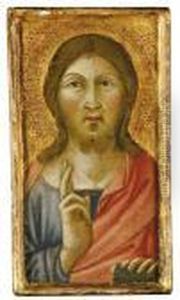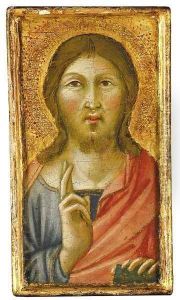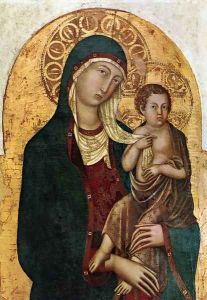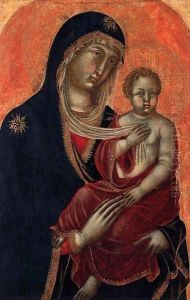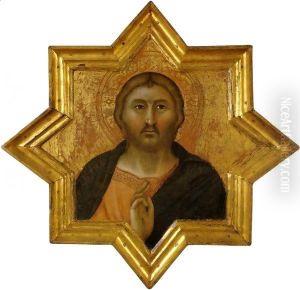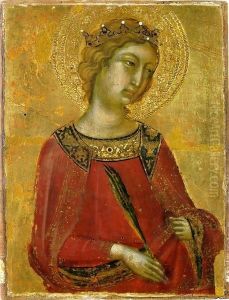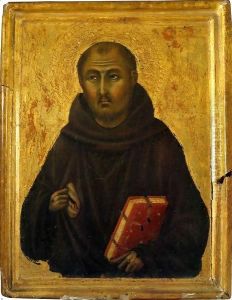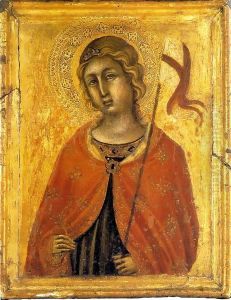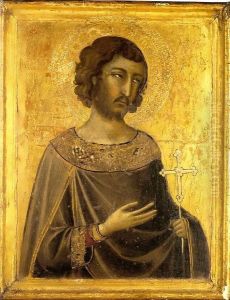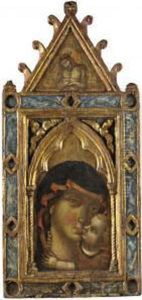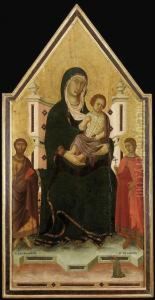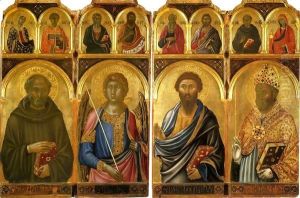Niccolo Di Segna Paintings
Niccolò di Segna was an Italian painter of the Sienese School during the early Renaissance period. His exact birth date is not recorded, but he is believed to have been active as an artist from the early 14th century until his death around 1348, possibly a victim of the Black Death that ravaged Europe at the time. Niccolò was thought to be a disciple or a close follower of Duccio di Buoninsegna, one of the most influential Sienese painters, and his work shows a strong influence from Duccio’s style. Niccolò di Segna's work is known for its delicate attention to detail and for the devout and serene expressions on his subjects, characteristics typical of the Sienese School's approach to painting. He worked primarily on religious themes, producing altarpieces, frescoes, and panel paintings for churches and other religious institutions. One of his most notable works is the 'Madonna with Child', which showcases his ability to create tender and intimate portrayals of the divine. Despite his contributions to the Sienese School and the early Renaissance, Niccolò di Segna's work was somewhat overshadowed by the later achievements of artists like Simone Martini and the Lorenzetti brothers, who were contemporaries in Siena. Nevertheless, his paintings are valuable for their historical significance and for providing insight into the evolution of Italian painting during a period of significant stylistic development. Today, his surviving works can be found in various museums and collections, serving as a testament to the enduring legacy of the Sienese School.
